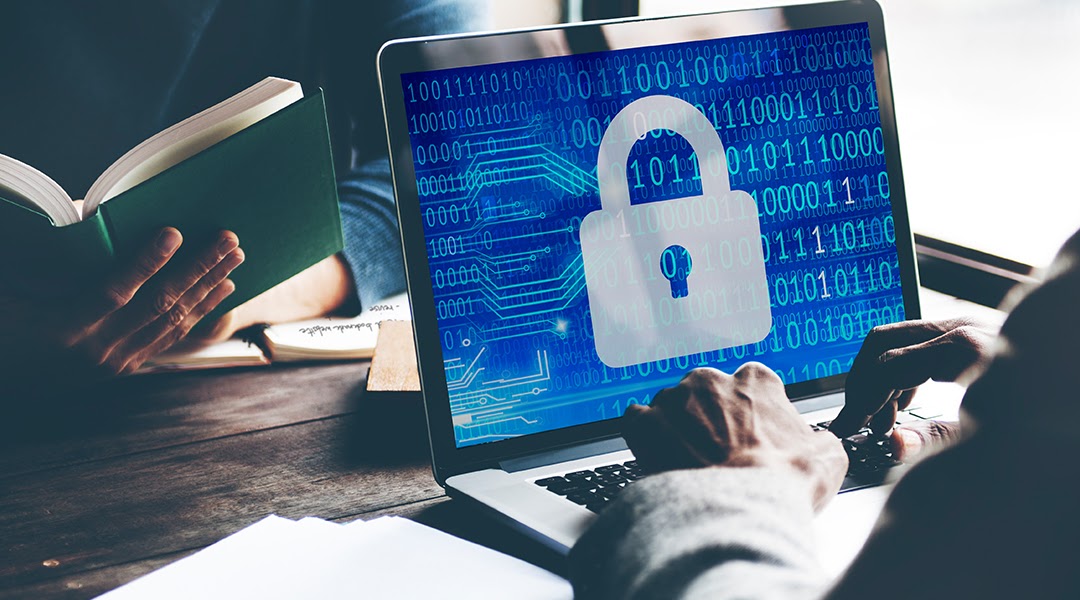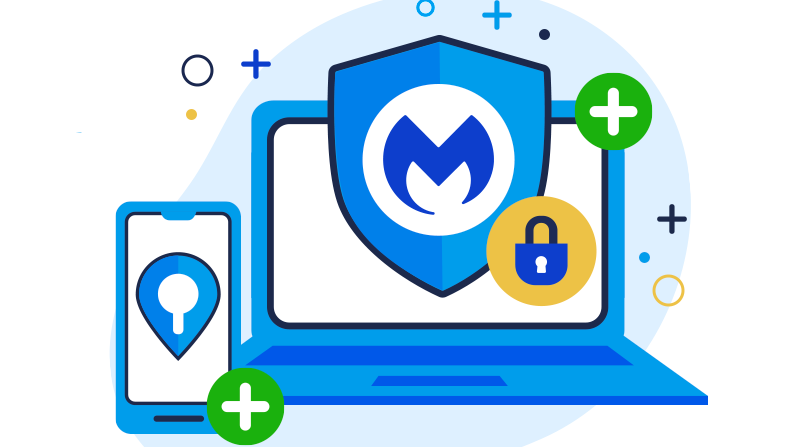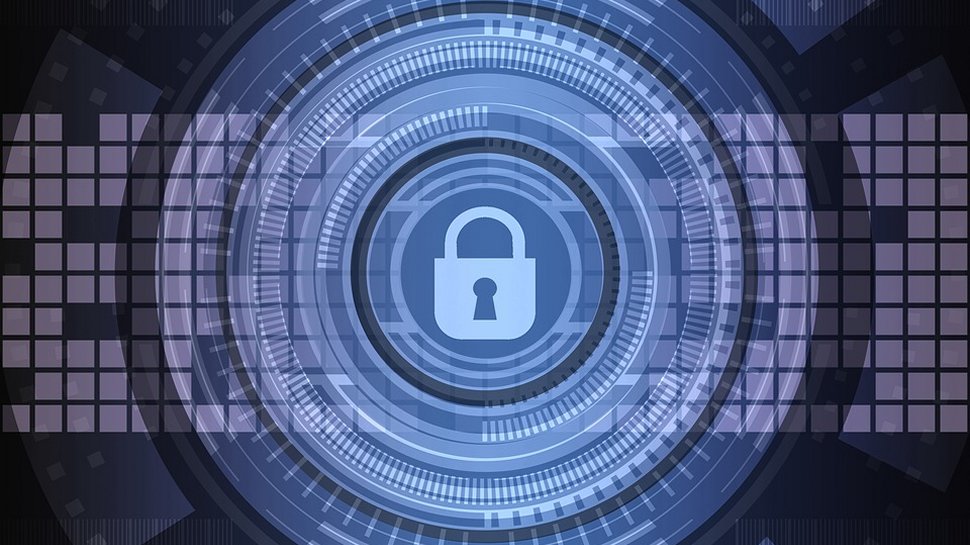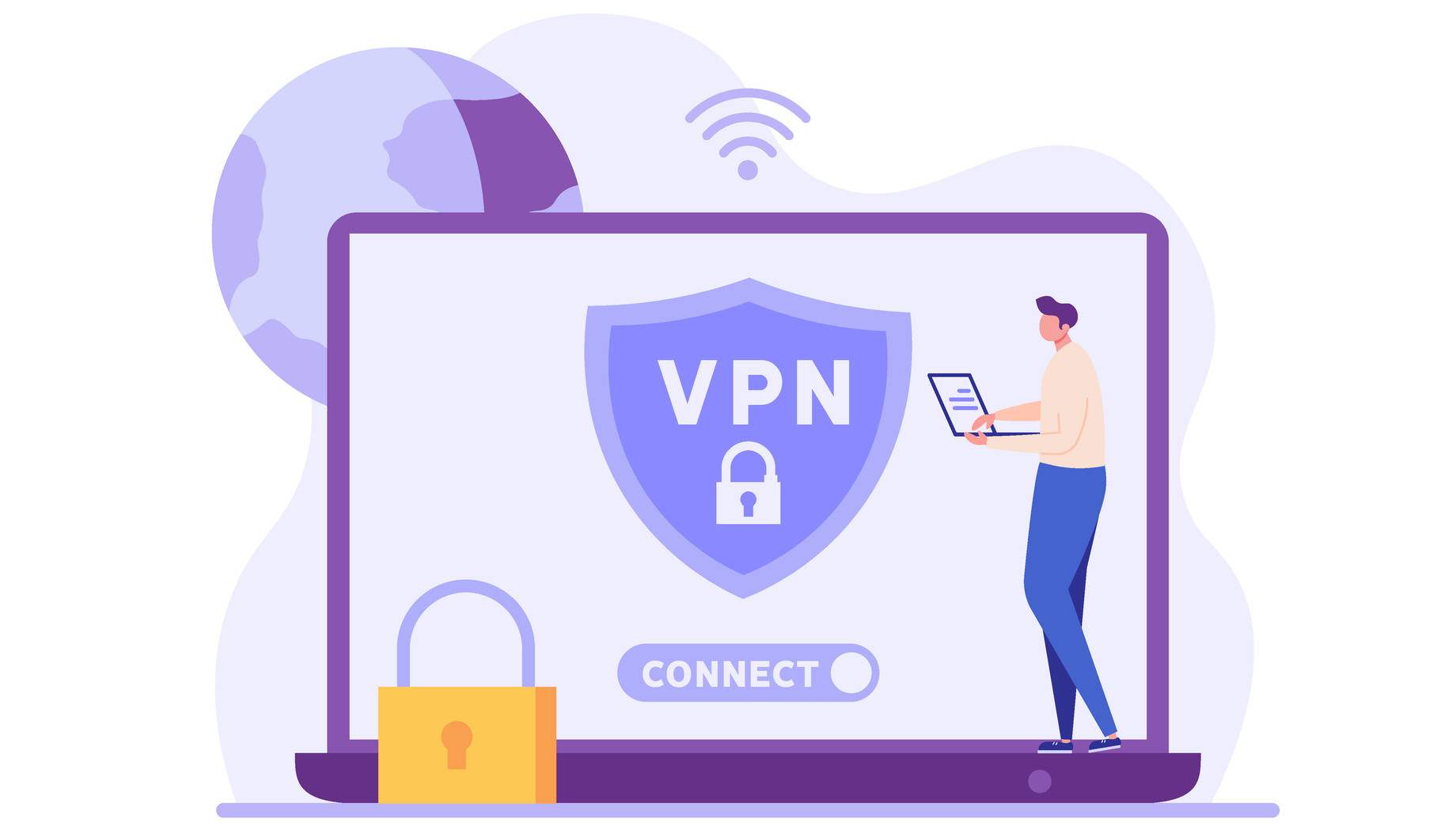
Small, and medium-sized businesses (SMBs) are a constant target for cybercrime. By default lacking enterprise-level security practices and solutions, SMBs are at risk of everything from device loss to ransomware.
If you’re evaluating new security software suite for your SMB, specific features should be prioritized before a decision is made.
10 Key Security Features That SMBs Should Focus On
Some security software – even tools aimed at businesses – will feature unnecessary bells and whistles. This is fine, as long as the core features are present and the software suite remains usable.
But what are the core features? When considering new business security software, look for these features:
- Phishing and ID Theft Detection
- Antivirus and Malware Removal
- Firewall and Intrusion Detection
- Policy Management
- Profile Management
- Mobile Security Management
- Password Protection
- Cloud Dashboard and Remote Management
- VPN
- Ransomware Protection
Note that there is a chance that one or more of these features is already present in other software. Avoid duplicating features where possible to reduce the impact on your budget.
1. Phishing and ID Theft Detection
A huge threat to the operation of any business or organization is phishing, the main route to ID theft.
Fortinet has recorded 19 different types of phishing attacks, and each of these variations can end with theft. Consider the risks of basic phishing, smishing (where SMS is used in place of email), vishing (voice calls fool the recipient), and whaling. This is where senior company employees (executives, directors) are targeted. They might consider their position in the company hierarchy as being some form of protection.
Successful whaling attacks have been conducted with Zoom links, emails, and even through social networks. LinkedIn and Facebook in particular have become resources for scammers versed in social engineering techniques.
Detection software that can spot phishing variants should be a priority feature in any evaluation project.
The risks of ID theft are considerable, as they can occur within the workplace and outside. Device loss or theft, home theft, and workplace theft can contribute to ID theft. Having systems in place that can detect the theft or misuse of a colleague’s ID is important. If you’re looking for new business security software, it should offer features in this area.
2. Antivirus and Malware Detection and Removal

One of the most obvious features of any security software is the detection and removal of malicious software. Along with phishing, malicious software is one of the biggest risks to the integrity of any SMB.
Rootkits, spyware, and keystroke loggers ("keyloggers") are particular risks that can be handled with standard anti-malware tools. Everything from worms to Trojans and ransomware should also be covered.
Real-time protection and automated removal is an ideal enhancement, and should ideally be included (basic detection and quarantine is the minimum you should be looking for).
These features should be the number one thing you look for when considering new business security software.
3. Firewall

Every system needs a firewall. Physical (hardware) firewalls are a vital aspect of any network, but software firewalls are also required.
Implementation of any new security software should include local software firewalls. Any automated attempts to gain access to the business network can be effectively blocked. Simultaneously, authorized remote access can be correctly and safely configured.
Operating systems ship with firewalls built in, but intrusion detection is another matter. In most cases, specialized intrusion detection and prevention software is standalone. So, you shouldn’t expect it to be a feature of your business security software. However, some intrusion detection tools support integration with other solutions.
4. Policy Management System
Ensuring everyone is on the same page when it comes to your SMB’s online security is tricky. While training on network security and data management policies is beneficial, long-term buy-in by users is tricky to ensure. That’s where a Policy Management System (PMS) comes in.
Similar to a document management system, a PMS ensures complete coverage of policy engagement and compliance. A typical PMS features a centralized, cloud-based storage and management environment. You should also check that policy acceptance is integrated, along with tools to monitor, measure, and audit policy acceptance.
5. Profile Management
Ensuring specific users have access to the devices, tools, and resources they need will ensure productivity. Restricting users from the things they don’t require access to can ensure improved security.
Covering everything from password length to permissions for running in-house and licensed software, profiles should be centrally managed. Many security tools integrate Microsoft’s Active Directory, which can assist in controlling network access.
One thing to note: Profile Management is difficult on Windows networks without using Active Directory. Some SMBs don’t use Active Directory, instead prefer Google Workplace or Office 365.
6. Mobile Security Management
One of the key elements of a modern business is mobile security. Phones, laptops, tablets, and even smart watches play their part in communication and productivity. But if left unobserved, these devices can prove to be a major security headache.
While excellent Mobile Device Management solutions are available, some business security software solutions include some MDM functionality.
The difference between standard MDM and security software MDM features should be considered, however. For example, a solution like Microsoft Defender for Enterprise includes protection for mobile and desktop devices. But this doesn’t include the more common features found in MDM tools. You won’t find asset management, inventory, application configuration, or device troubleshooting with SMB-level security tools with MDM features.
What you should find, and certainly expect, are malicious app blocking, intrusion detection, and remote resolution tools. Clearly, there is some crossover between MDM and mobile security management features in SMB security tools.
While evaluation of the best software is recommended, this is one area where there may be functional overlap.
7. Password Protection
What can password protection do to keep your business secure?
Removing the use of weak passwords, and implementing rules to force secure passwords is the first step of password protection. While not typically associated with security software, password management is increasingly becoming integrated.
The importance of password security cannot be understated. As long as passcodes and strings are required (biometrics still rely on a master password), protection is required. This isn’t just for network access, or for emails; password protection should cover passwords for all purposes. Think beyond devices like PCs, laptops, phones, and tablets, and also consider software accounts.
Security suites targeting SMBs should include a password protection feature.
8. Cloud Dashboard and Remote Management Apps
Off-site management of your business security tools should not be a desirable extra. This feature, which provides remote access to your solution’s cloud dashboard, should be baked into the software you choose.
Using a cloud-based dashboard means easy browser-based access to your business’s security solution. This can potentially be accessed and administered from anywhere, which is an advantage for distributed teams. It is also useful if your IT services are outsourced.
Remote management is a strong counterpart feature. While browser tools are popular on desktops, dedicated mobile apps are also an option. If the security software your SMB is considering includes cloud and remote management tools, take it to the evaluation stage.
9. VPN

Large organizations typically use two VPNs (virtual private network). First will be the manually configured VPN that enables secure transfer of data between multiple sites. Second, the third-party VPN service enables flexible working for remote and temporary employees. This is typically used for private access to collaboration and project management tools, or third-party cloud storage.
For SMBs, setting up a manual VPN between properties is straightforward, but a third-party VPN is typically more flexible. Indeed, they boast features you won’t find in Windows 10 or 11’s built-in VPN tool.
Business security software that offers a VPN is certainly worth considering. Even if it doesn’t, if your business isn’t already using a VPN service, it should be.
10. Ransomware Protection
Finally, any security software solution you adopt for your business absolutely must include ransomware protection.
By encrypting data across a single device, location, server, or entire business, ransomware attackers hold a business to ransom. Some ransomware can even access cloud drives, potentially resulting in backups becoming similarly encrypted.
Without the decryption key, business data is lost.
Ransomware is perhaps the greatest risk facing small and medium businesses and enterprise-level operations and organizations alike. While ransomware attack attempts are decreasing from a 2021 high of 623.25 million to 317.59 million in 2023 (Statista), it is still a huge risk. The potential payday for a successful ransomware operation is in six or seven figures, depending on the target.
As ransomware removal is difficult without the correct tools and encryption keys, mitigation is often unsuccessful. Alternatively, it can be deemed cheaper to pay up (perhaps after negotiation) than to spend money on decrypting files.
Any business security software that you plan to evaluate should have protection against ransomware.
Other Security Software Features for SMBs to Consider
While your business security software should feature all 10 of the above tools, a handful of other features are useful.
Patch Management
A significant portion of potential security issues are caused by zero-day vulnerabilities. These weaknesses can often be exploited before the vendor (Microsoft, Adobe, etc.) becomes aware of them.
Patch management is a huge aspect of handling security issues. It’s not quite plugging the holes before the ship sinks; vulnerabilities can take time to exploit. While patch management might seem like a reaction, effective management and implementation of patches is a proactive solution. Every security issue you can think of (including ransomware) can be defended against with patch management.
SMB-level security software that handles patch management is unusual, however.
File Shredding
Sensitive documents regularly need to be removed from network storage. Whether this is due to unforeseen duplication, discarding old storage devices, or meeting GDPR or other data retention practices, simple deletion of most documents is not the answer.
Instead, full deletion using file shredding software should be employed.
Basically the digital equivalent of a paper shredder, file shredder tools ensure complete destruction of data. Shredding leaves data unreadable, but rather than cutting it into strips, data is overwritten multiple times. This is necessary because data deleted in the usual way (say, Shift + Delete) can be “undeleted” with dedicated tools. Data shredding doesn’t just overwrite data, it replaces it with random data, which is then also overwritten.
(Note that there is a similar practice, data shredding, which physically shreds a hard drive or SSD.)
File shredding tools are commonplace across all types of security software and PC utilities. As such, you will probably find that this is a something included in the business security software suites you’re considering.
Escalation to Specialist
In-house SMB IT teams can be found handling everything from desktop support to dealing with device and service licensing. In most cases this dynamic works well, but what happens if there is a cyberattack or data security incident?
Where problems cannot be dealt with in-house, the answer is to bring in a specialist. While your IT colleagues may be capable of delivering a solution, a software specialist can typically resolve issues faster.
Escalation is expensive, however, which can prevent some issues from being dealt with. In-house teams tend to aim for easy fixes on a case-by-case basis, with larger issues left to senior specialists. While this might work for most situations, having the option to escalate to a specialist is good to have. If the software security solution you’re evaluating includes this as an option that suits your budget, it is worth using.
Remember, while these features are useful, they’re not “must-haves.” The 10 security features in the list above are the ones every SMB needs.
EDTR Solutions Are for Enterprise, not SMBs
EDTR (Endpoint Detection and Threat Response) is the overarching title given to software that handles all of the above. In fact, EDTR usually squeezes in more (perhaps local hosting and enhanced support), charging a monthly per-device subscription.
SMBs typically don’t have the budget for this level of security, which is why business security software needs careful selection.







